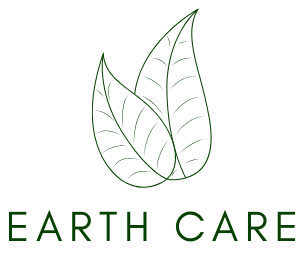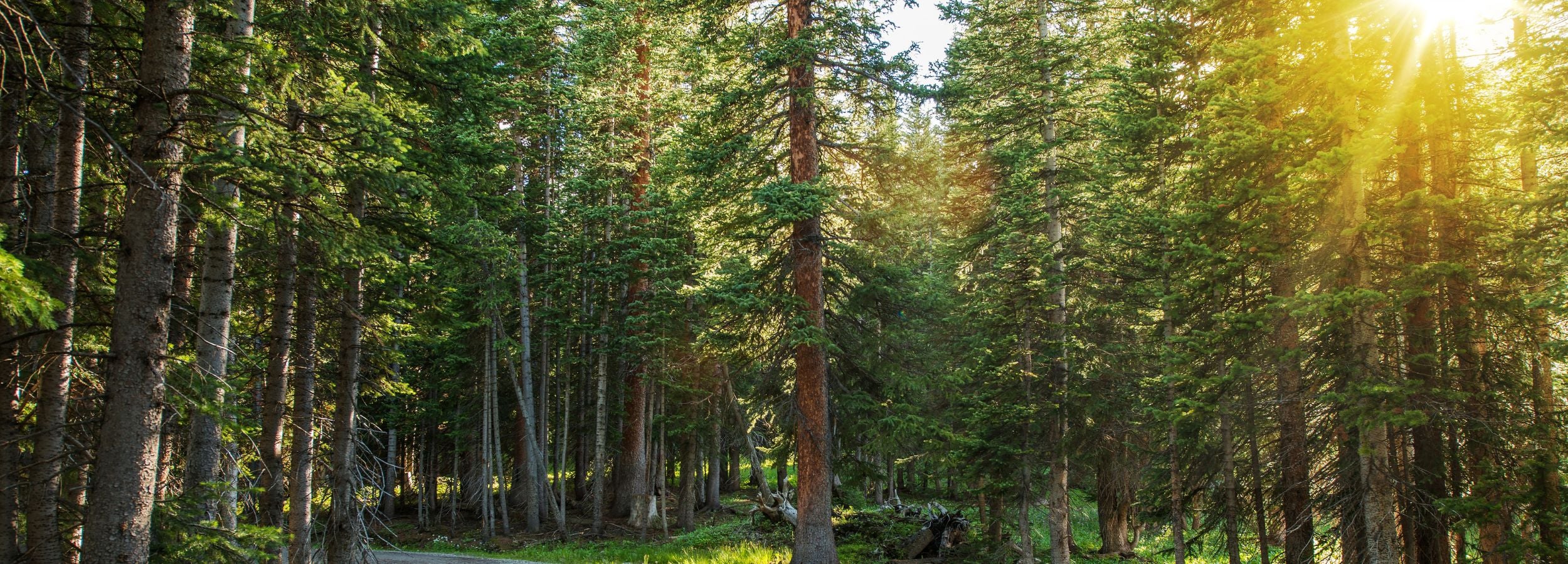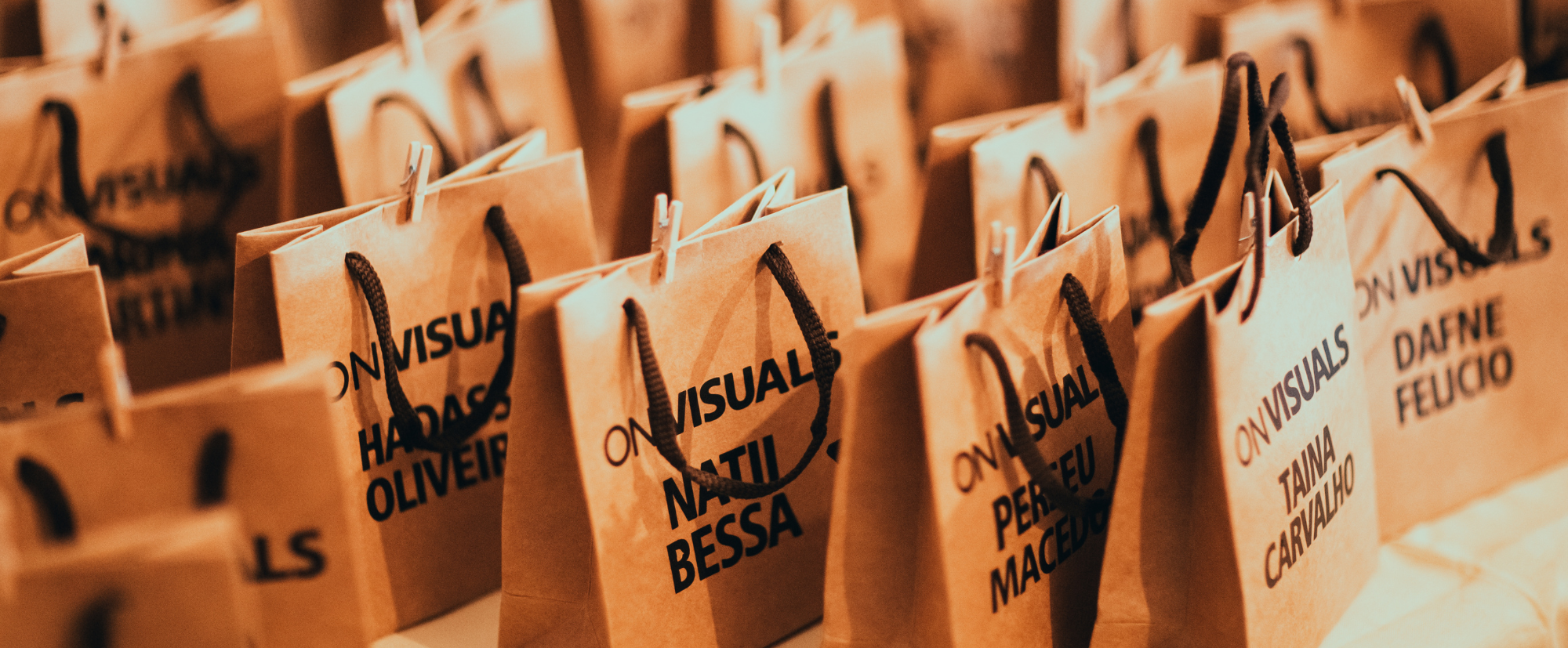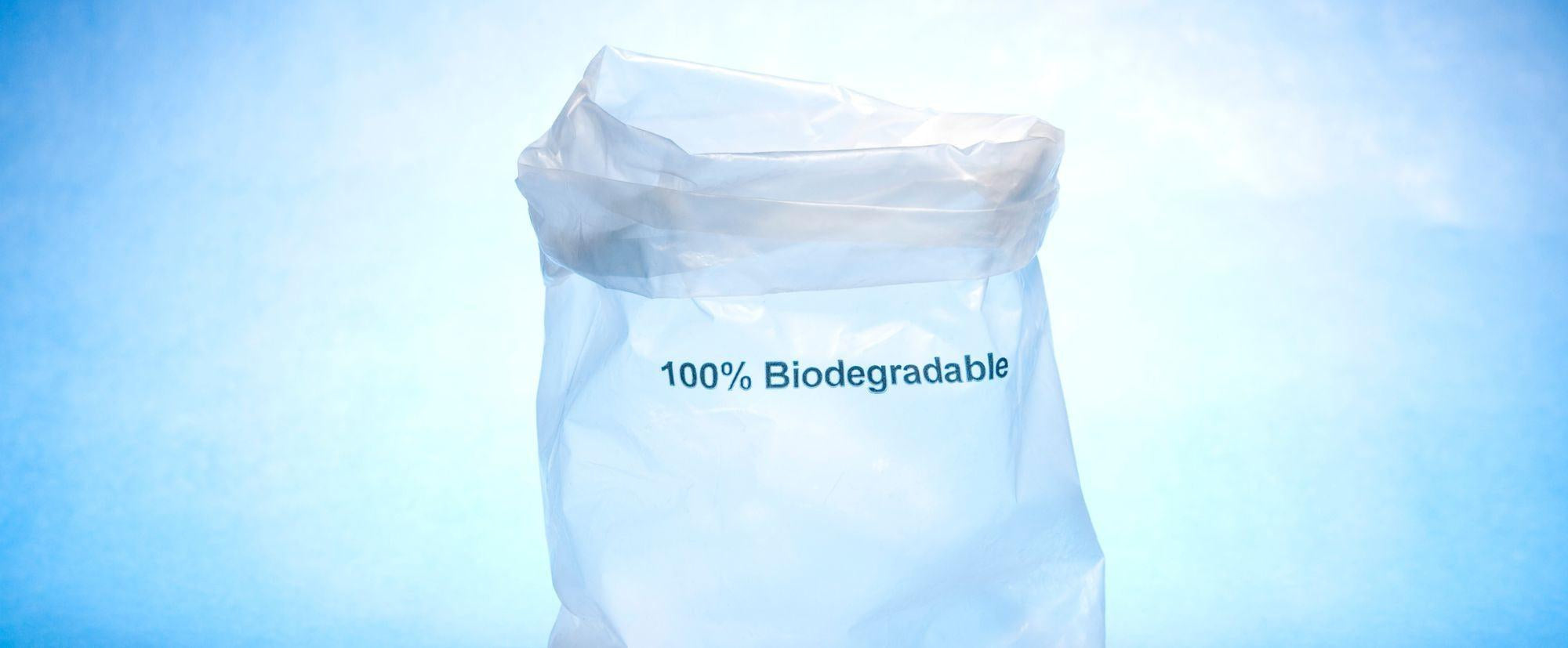5 Types of Eco-Friendly Food Packaging: Trends & Benefits
No matter what industry we are talking about, the packaging of products is essential in order to keep them safe. Especially when it comes to food packaging there is no arguing that packaging should be of the highest quality. They need protection from a lot of contaminants as well as tampering and to help preserve foods for more extended periods of time. However, food packaging has been accounting for 66% of pollution and to reduce the same we are introducing eco-friendly food packaging. However, if you have thought of what is eco-friendly packaging and what are the types of eco-friendly packaging then here is a guide explaining the same.
What is Eco-Friendly Packaging
The first question when you talk about eco-friendly packaging is what is eco-friendly packaging? Eco-friendly packaging mostly includes packaging that is easy to recycle and is made with sustainable materials and has a lower impact on energy consumption and natural resources. More often than not, eco-friendly packaging is made from sustainable recycled materials. It is also commonly referred to as green packaging.
The core aim of eco-friendly packaging remains to reduce the amount of product packaging that is created. You have to consider the entire flow from actual packaging to containers and even the cushioning which is used for delivery purposes. Whether it is about eliminating the toxic materials that are used for the production of traditional packaging products or incorporating certain biodegradable materials wherever possible, eco-friendly packaging is definitely much safer and more economical for both customers and industries.
Benefits of Eco-Friendly Packaging
If your business is also among all the other businesses that are trying to move towards more sustainable options when it comes to food packaging, then eco-friendly food packaging is the right way forward. If you are wondering why we recommend this, then here are some of the benefits of eco-friendly packaging that are sure to convince you to change your packaging ways.
Reduces Carbon Footprint
If the materials used are recycled products, then the carbon footprints of your packaging materials are sure to be reduced highly. Similarly, if the packaging is made from materials that are natural such as FSC-approved paper, cardboard, or bamboo-based materials then the growth of these products actually draws out the carbon’s presence out of the environment. If you are looking to make your business carbon-neutral then there’s no better solution than to use eco-friendly food packaging.
Reusable and Recyclable
Part of what makes packaging products eco-friendly is their ability to be used again and again or even undergo recycling. Encouraging multiple usage of packaging means that its lifespan is extended which eventually reduces the requirement for new materials which also reduces carbon footprints. If the packaging is of good quality, then it can also be reused for further things such as storage or arts and crafts.
Free from Harmful Toxins
Non-sustainable petrochemical resources such as crude oil which is mostly used in the production of plastic, are considered to be incredibly harmful to the environment. It is harmful in terms of refinement, extraction, distribution, usage, and even disposal. Eco-friendly packaging does not consist of any of the issues that are mentioned for non-sustainable products. As it degrades on its own, harmful chemicals such as the ones that are produced by plastics are not present which reduces the damage greatly.
Biodegradable
Biodegradable packaging are the ones that are made of natural materials. Plastics, on the other hand, are considered not easily biodegradable, and even after hundreds and thousands of years, they do not break down. And even if they do, there are harmful chemicals being released. Some eco-friendly packaging such as paper packaging products are even compostable which makes it easier to handle.
5 Types of Eco-Friendly Packaging
Now let us take a look at the types of eco-friendly packaging options. If you are wondering which one is the best option, then it can't be answered easily. As each type of packaging has its own benefits and disadvantages there may be multiple options that may work for one particular business. However, with this list of types of eco-friendly packaging you can choose the right one for you.
1. Compostable Food Packaging
Compostable food packaging materials easily break down into their original components which also makes it one of the sustainable options. Most compostable food packaging is made of paper, bioplastic, or cardboard. Also since they are not harmful they can be either broken down at home or some of them might need industrial processes to break it down. Proper disposal of these types of packaging however will be important to get the expected environmental benefits.
2. Bioplastic Food Packaging
Packaging materials that are derived from renewable resources such as sugarcane, cornstarch, or algae are the ones called bioplastics. These types of packaging materials offer great functionality as compared to traditional plastics while being biodegradable or compostable.
3. Biodegradable Food Packaging
Biodegradable food packaging is made from natural materials that can be easily broken down in the presence of water, soil, or air without actually releasing any harmful toxins into the environment. The materials that are mostly used in biodegradable food packaging include sugarcane, corn starch, and bamboo which are all renewable and can be easily available. Biodegradable packaging is also considered to be a great option in contrast to the traditional plastic packaging materials which take thousands of years to break down.
4. Recyclable Food Packaging
Recyclable food packaging is designed in such a way that it can be reused or recycled multiple times even after use. The most commonly used materials for recyclable food packaging include paper, cardboard, and aluminum. These materials can be easily recycled multiple times while ensuring the conservation of natural resources and also reducing the amount of waste sent to landfills.
5. Reusable Food Packaging
Reusable food packaging is the type that can be multiple times which also reduces waste and conserves resources. Examples of reusable food packaging include steel containers, cloth bags, and glass jars. Reusable food packaging is also an excellent alternative to single-use packaging and can also be quite cost-efficient in the long run.
Consumer attitude towards eco-friendly packaging
As businesses are trying to convert into more sustainable options for packaging, they need constant support from not just public authorities but also from consumers. While it is now becoming a trend for consumers to shop with the environment in mind, there are still a lot of people who are not familiar with the benefits of environmentally friendly packaging options nor are they willing to pay extra for these options. It is hence important to pay attention to the consumer attitude towards eco-friendly packaging and how they need to be educated about the same.
Companies also need to take steps to educate consumers about why eco-friendly packaging is important and how to switch from traditional packaging methods. However, the challenge that seems hard to tackle is educating consumers on how to dispose of the packaging. No matter how eco-friendly or sustainable the packaging might be, if there is no proper disposal of packages then it may lead to problems. While it is true that biodegradable packaging can easily break down as compared to traditional packaging methods, it is still no excuse to toss out the waste haphazardly.
Conclusion
In today’s environmentally conscious world, it has become a necessity to involve sustainable packaging and reduce the adverse effects of packaging materials on the environment. It also helps significantly by reducing waste with the presence of multiple options such as biodegradable, recyclable, or compostable materials.
Wondering where you can find such packaging solutions, then EarthCare is your one-stop solution. Where you can find products such as clamshells, Deli Boxes, and other sustainable packaging options that will surely help you take one step further into a sustainable future.
FAQ’s:
What materials are commonly used in eco-friendly food packaging?Some of the most commonly used materials used in eco-friendly packaging can be provided as follows:
- Wheat
- Bamboo
- Wood
- Molded pulp
- Sugarcane fiber
Some of the trends seen in eco-friendly packaging can be provided as follows:
- Designing for reusability
- Saying yes to recycled plastic
- Smarter waste reduction techniques such as linerless labels and ingenious laminates.
Consumers can look for options that are made from recycled content. Renewable resources such as corn-based bioplastics or biodegradable materials. Most of the eco-friendly packages also have written indications that they are made from recycled materials or such. In this way, consumers can identify eco-friendly food packaging.
Can eco-friendly food packaging be as effective as traditional packaging?Traditional packaging mostly consists of harmful toxins that can leach into food and pose health risks. On the other hand sustainable packaging consists of materials that are safe for food packaging and are non-toxic. This indicates that sustainable packaging can be more effective than traditional packaging.




